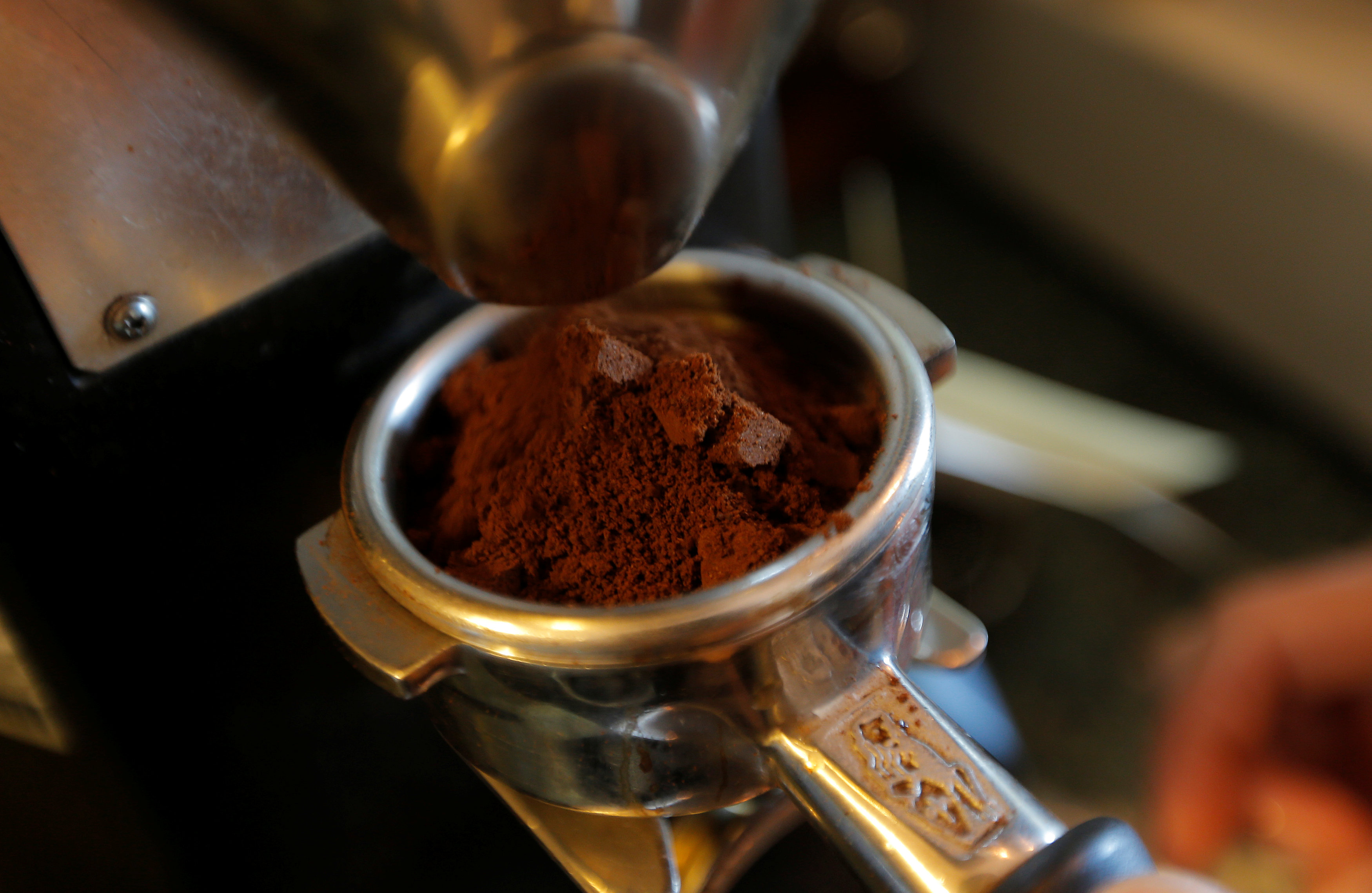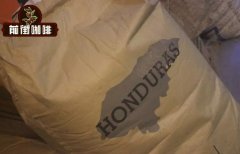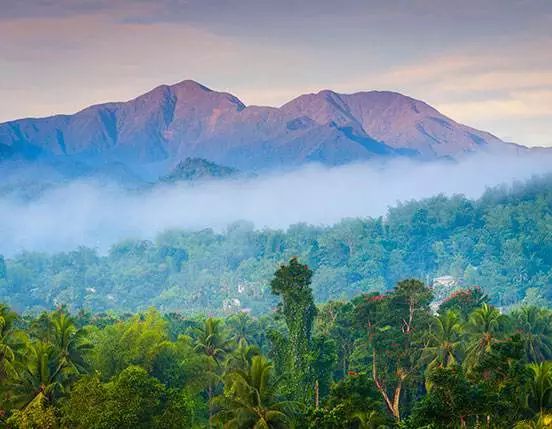Coffee: What is a "fine" and what is a "single"?
Professional coffee knowledge exchange More coffee bean information Please pay attention to coffee workshop (Weixin Official Accounts cafe_style)
What is a "fine" and what is a "single item"?
Coffee drinkers remained mostly refreshers throughout the long history of human consumption, and this use did not change until the second half of the 20th century. Because the improvement of economic level drives the pursuit of life taste, coffee has changed from an accessory to food culture to a protagonist. More and more people drink coffee and taste coffee like red wine. Just as the finest red wine is rarely mixed with other wines, coffee of a certain quality is brewed in the most delicate manner and then drunk without other spices, sugar or milk.

The custom of drinking coffee alone without a meal began to prevail in North America and Europe at the beginning of the 20th century. Before that, coffee was mostly made into low-quality instant coffee mixing packages, or coffee specially mixed with milk and various seasonings. Because of the popularity of this atmosphere, the supply and demand of the industry gradually changed, and the early coffee was mostly named after the export port of origin, such as Santos in Brazil, Mocha in Yemen and so on. The coffee is transported by sea, arrives at the local roasting plant in the consuming country for roasting, and enters coffee shops, large and small. However, even coffee from the same export port will be good and bad with the production level of the upstream end.
However, with the improvement of consumers' taste, the coffee industry has also begun to blow the atmosphere of traceable production resumes. From a wide range of producing countries and growing estates to more detailed coffee cooperatives and fruit processing plants. A transparent production resume can avoid the mixing of good and bad coffee, which comes from a single producing area and does not mix with other producing areas, and is called "single coffee" (single origin coffee). To put it simply, the proposal of the concept of single product is a win-win situation for the industry. for guests, it greatly reduces the chances of stepping on Thunder beans, and encourages producers to grow better quality coffee. it also allows baristas and bakers to have a better understanding of the coffee they brew.
However, the quality of individual coffee can only be screened by the classification of producing areas, and the coffee is not really selected on the basis of quality. Even for individual coffee, the quality varies according to different production conditions. There are 125 million farmers around the world who rely on coffee production, and tens of thousands of coffee farms and cooperatives are producing coffee. It is impossible for us to remember the name and quality of each item.
Therefore, the product only indicates that the product has a transparent and traceable resume, which is not enough as a guarantee of high-quality coffee. In order to solve the problems that can not be solved by individual coffee, many coffee lovers begin to promote the concept of fine coffee (speciality coffee). "Fine Coffee" inherits the basis of attaching importance to "production resume" of single coffee, emphasizing that the growing environment of coffee is like a red wine manor, and "local conditions" and "microclimate" have great influence on quality. The definition of boutique coffee will continue to change as the consumer market becomes more and more picky.
For example, boutique coffee was defined in 1978 as "coffee beans with unique flavors cultivated under special climatic and geographical conditions. In 2009, the American Fine Coffee Association redefined it: "A cup with a score of more than 80 is called boutique coffee. "with the turn of generations, new technologies and new ideas will always pour into the coffee industry, and coffee lovers should continue to find new answers for boutique coffee.
Know the producing areas of boutique coffee
Boutique coffee emphasizes the differences in local conditions. Coffee grown in different places will have different flavors. Under normal conditions, the closer the geographical location is, the closer the flavor of the producing area will be, and the farther the location is, the more different the flavor will be. So when we know coffee, we are used to starting with the farthest differences between continents. Because coffee belongs to tropical agriculture, it can only be grown in Africa, South Asia, Central America and parts of South America. The following is to introduce the characteristics of boutique coffee produced in each continent.
I. East Africa
Coffee producers in East Africa are from the northernmost Ethiopia and Yemen, Kenya, Tanzania, Malawi, inland Uganda, Rwanda, Burundi, and the southernmost Zimbabwe and Zambia near the Indian Ocean. The producing areas of East Africa are close to the equator and the sun is strong. Although coffee is a tropical crop, the overheated environment is easy to cause the prevalence of diseases and insect pests. Fortunately, the average elevation of the African producing areas is more than 1,000 meters above sea level, which not only makes the coffee avoid the threat of diseases and insect pests, but also makes the coffee in this area mature slowly, and can grow sweet and solid coffee beans.
Countries on the western side of the African continent, such as Congo and Ivory Coast, also grow coffee, but here they mainly grow pest-resistant "Robsta species". Although this kind of coffee is easy to take care of, it is of relatively low quality. this kind of coffee is usually used as commercial coffee and sold to large transcontinental chains to make instant coffee, so these West African countries are rarely heard of in the world of boutique coffee.
East African coffee gives people a lively and strong impression, with the flavor of fruit, the smell of flowers when plants bloom, a strong level of acidity, and a fascinating high degree of complexity. The explanation put forward by many coffee experts is that Africa is the hometown of coffee, so it retains a larger gene pool of coffee varieties, and so far there are more than hundreds of native coffee varieties that have not yet been identified and classified. this complex coffee gene creates the unique flavor complexity of the African region.
II. South Asia
From west to east, the coffee producing countries in Asia include India, Indo-China Peninsula countries, Indonesia Islands and Papua New Guinea. The broken terrain of the South Asian archipelago makes the coffee flavor of the whole of South Asia relatively unintegrated.
Among the many Asian coffees, Indonesia, a country made by the archipelago, is the best known. Indonesian coffee is characterized by low acidity, mild and mellow taste, and flavors of Chinese fir, spices and grass. On the one hand, it is created by the local climate of the producing area, and on the other hand, it comes from the special flavor formed by Indonesia's unique fruit treatment method, ── "wet planing".
III. Central and South America
There are many countries in America that grow coffee, from Mexico and Central America in North America to Peru and Bolivia in South America. These coffee-growing countries were often colonized by European countries in the era of navigation, and were forced to grow a large amount of coffee in order to meet the coffee needs of the colonial powers. Until now, these Latin American countries still use coffee as an important source of national income.
Because of its vast territory, the coffee in each region has a different flavor, but because of the basically continuous continental terrain rather than the broken island topography of South Asia, the coffee flavor of this continent still has some common characteristics. Central America is dominated by volcanic mountains and hills, and the coffee here is deeply connected with the volcanic ash soil and the sea breeze of the two oceans. American coffee is well balanced, often with hazelnut and creamy aromas.
Cup tester's Notes: a New era of Fine Coffee
Since the emergence of the concept of "boutique coffee" this milestone, the coffee industry has also passed 40 years. For coffee gluttons to drink coffee in a regional way, is the way they are used to, if I want to drink a cup of coffee full of unrestrained aroma and obvious fruit flavor, I will choose African coffee. If I don't drink sour today, an Asian coffee seems to be a good choice. This method has been proposed for 40 years, and we have followed it for 40 years, but who can be sure whether this "ancient method" still works in the face of today's coffee?
I don't know if anyone else has met, but at least I used to eat turtles because I was too dependent on ancient methods. After the end of the Indonesian production season in 2018, the first batch of raw beans came to Taiwan, and a raw bean importer from Sumatra brought samples of the new season. Most cup testers have all the similar taste experiences in the same producing area in mind before drinking a cup of coffee. To me, Sumatra is a "mellow, chocolate, tobacco, wood-conditioned" coffee, which is not my taste, and I don't think my guests like this kind of coffee. But after I drank the raw bean merchant's sample, I immediately began to repent. I shouldn't have used the old framework to look at the bean in front of me.
After the cup test was over, I looked back at the comments I had written: "rising sour aromas, slightly orange and citrus flavors, smooth and delicious nutty flavors, and creamy taste." "wait, is this Indonesian coffee? If you cover the name and just read the comments, any coffee lover will think it is American or African coffee, right?
This incident surprised me that the revolution in the place of origin is no longer what we can imagine at the other end of the distant coffee shop! New ideas, equipment and techniques are completely subverting the framework of old thinking. Miguel Meza, a well-known coffee expert, said at the Coffee Forum in 2018 that new treatments, new fermentation methods and new fruit processing equipment will bring the coffee industry no less than the changes brought about by the launch of boutique coffee.
Source: "Taste Coffee: follow the cup surveyor to get to know the 36 flavors of coffee and find the best coffee."
END
Important Notice :
前街咖啡 FrontStreet Coffee has moved to new addredd:
FrontStreet Coffee Address: 315,Donghua East Road,GuangZhou
Tel:020 38364473
- Prev

Characteristics and Story of Coffee Bean roasting in Honduran Whiskey Shirley barrel
Professional coffee knowledge exchange more coffee bean information Please follow the coffee workshop (Wechat official account cafe_style) A few days ago we entered a batch of Honduran whisky sherry barrel processed beans, as soon as we opened the raw bean bag, we smelled strong vanilla cream and wine aroma, because we wanted to better show the characteristics of this bean, so we baked two curves to enter.
- Next

The Blue Mountains of Cuba? The Blue Mountains of Haiti? What other knockoffs do you have for Jamaican Blue Mountain coffee beans?
Professional coffee knowledge exchange more coffee bean information please follow the coffee workshop (Wechat official account cafe_style) holy name Blue Mountain (Blue Mountain) several times someone asked about Cuba Blue Mountain Coffee, Haiti Blue Mountain Coffee. When I first heard the Blue Mountain Coffee in Cuba, I really had the feeling of Zhanger King Kong. What were you talking about? I can't hear you at all. Later, more and more people want to know about Haitian blue.
Related
- Detailed explanation of Jadeite planting Land in Panamanian Jadeite Manor introduction to the grading system of Jadeite competitive bidding, Red bid, Green bid and Rose Summer
- Story of Coffee planting in Brenka region of Costa Rica Stonehenge Manor anaerobic heavy honey treatment of flavor mouth
- What's on the barrel of Blue Mountain Coffee beans?
- Can American coffee also pull flowers? How to use hot American style to pull out a good-looking pattern?
- Can you make a cold extract with coffee beans? What is the right proportion for cold-extracted coffee formula?
- Indonesian PWN Gold Mandrine Coffee Origin Features Flavor How to Chong? Mandolin coffee is American.
- A brief introduction to the flavor characteristics of Brazilian yellow bourbon coffee beans
- What is the effect of different water quality on the flavor of cold-extracted coffee? What kind of water is best for brewing coffee?
- Why do you think of Rose Summer whenever you mention Panamanian coffee?
- Introduction to the characteristics of authentic blue mountain coffee bean producing areas? What is the CIB Coffee Authority in Jamaica?

